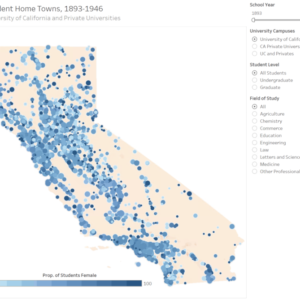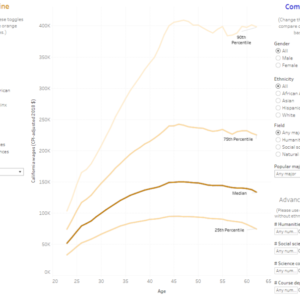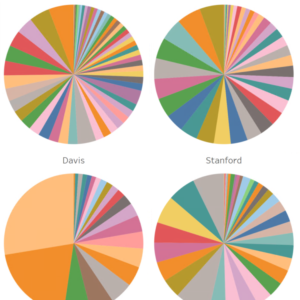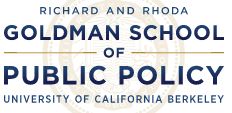UC-CHP
What role have California's public research universities played in the state's growth, health, economic mobility, and gender/ethnic equity over the past 150 years, and what is their role today?
2018 was the sesquicentennial of the University of California. To celebrate that milestone, UC Berkeley’s Center for Studies in Higher Education partnered with the UC Office of the President to create the UC ClioMetric History Project, a massive data repository documenting the university system’s history. On this website, you’ll find interactive displays visualizing 150 years of UC’s students, faculty, courses, and budgets, along with comparative data for private California universities and both topic briefs and academic studies analyzing higher education in California.
For academics interested in pursuing similar research, you’ll also find extensive previously-unavailable databases describing university life, including more than 100 years of faculty directories, course descriptions, and budgetary records as well as decades of student registers. Many of these records have been prepared for statistical analysis using fOCR, a new text-processing protocol described in our introductory report. UC-CHP has also digitized many decades of student transcript records and is working to make them available to outside researchers.
Want to see California universities’ expansion of engineering in the 1950s and ’60s, or the extraordinary geographic diversity of UC’s students in the first decades of the 20th century? Interested in the surprising number of female doctors being trained at UCSF in 1900, or the longitudinal wage outcomes of hundreds of thousands of UC alumni? Take a look at our newest interactive graphics below, or explore the site on your own!








